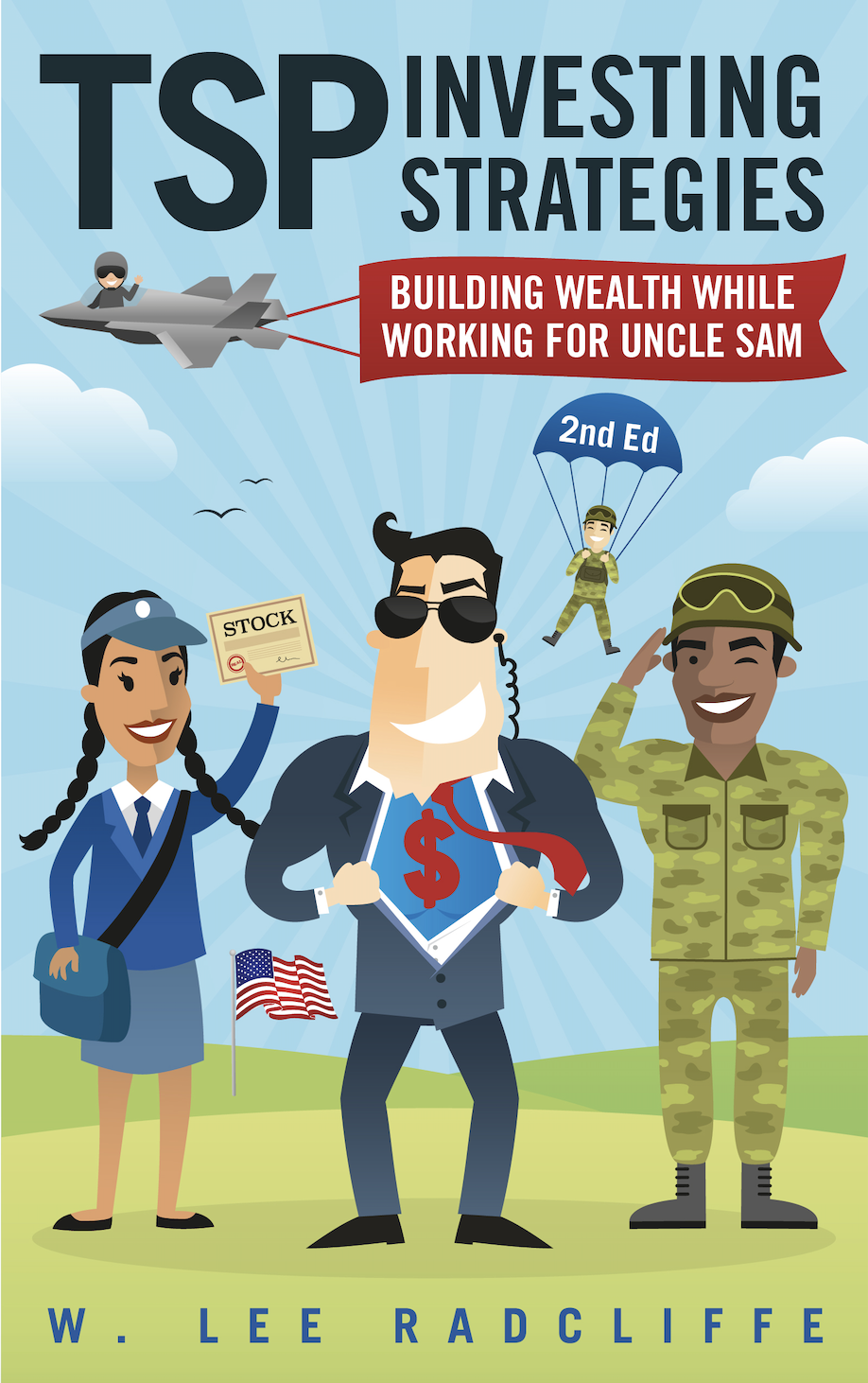The Most Popular TSP Funds
August 28, 2012
Ever wonder where your fellow TSP investors are placing their money? While it is impossible to know in which funds individual TSP investors place their money, it is possible to find the aggregate amounts going into each fund for all investors as a whole. These statistics are also broken down by category, for example by FERS, CSRS, and members of the uniformed services. All of this is provided courtesy of the Federal Retirement Thrift Investment Board (FRTIB).
(Note: for an updated look at total fund holdings, see this post.)
It may not surprise you that the G Fund is the most popular TSP fund as of May 31st, the latest date statistics were available. Following almost five years of turbulence in financial markets, TSP investors now contribute 41% of their monies to the G Fund. This rate grew steadily from about 1/3 of investments in 2006 and 2007 to 45% in 2009, and then began to taper off in the low 40%-range in 2011 and 2012 to date.
This compares (surprisingly, to me at least) to a mere 6% in the F Fund, a total bond market fund that has enjoyed marginally better returns over the past couple of years with a similar level of safety, at least for now. This fund received a steady 5% since 2006, increasing slightly only in February this year to its 6% rate.
Among the stock funds, the C Fund is the most popular relatively speaking, taking in 19% of total contributions. This compares with 32% in 2006 and 29% in 2007, the height of the market since the 2002-2003 downturn. This is followed by the S Fund, which received 9% of investors’ contributions by the end of May this year, a drop from 10% in 2006. The I Fund collected 7% of participants’ contributions at the end of May, a similar drop from 12% in 2007.
The L Funds in total take in 18% of TSP investors’ contributions, which has vacillated between 16%-18% since 2010. All told, about 5% of TSP investors place all of their contributions in the L Funds as of the end of May. A total of 810,111 TSP participants had balances in one or more of the L Funds by that time (this number includes those who invest in the L Funds and in the individual funds simultaneously).
Understandably, contributions to the stock funds decreased through mid-2009 due to turmoil in the financial markets. But what if investors had instead embraced market risk at that time and invested 100% in the stock funds through the downturn? This would, after all, correspond with the adage to “buy low and sell high” (or alternatively to buy low and never sell…). Those investors would have enjoyed sizable returns. I provide a few methodologies for risk-conscious, buy-and-hold investors to contribute at least a portion of their savings into declining funds during these types of market severe downturns in TSP Investing Strategies: Building Wealth While Working for Uncle Sam.
Related topics: c-fund f-fund g-fund s-fund i-fund l-funds